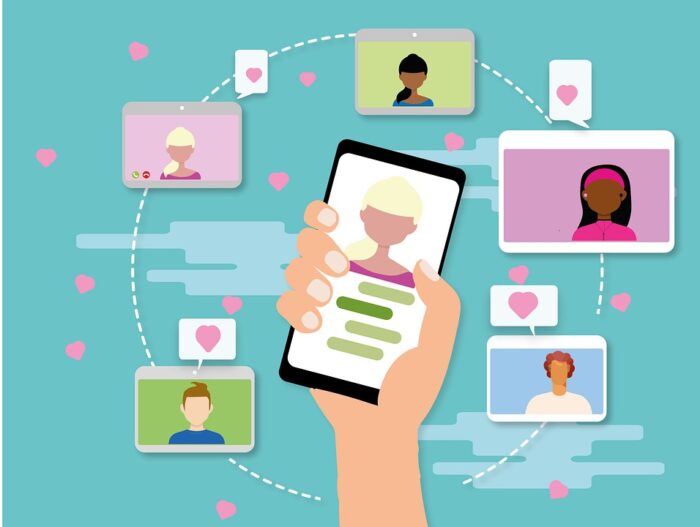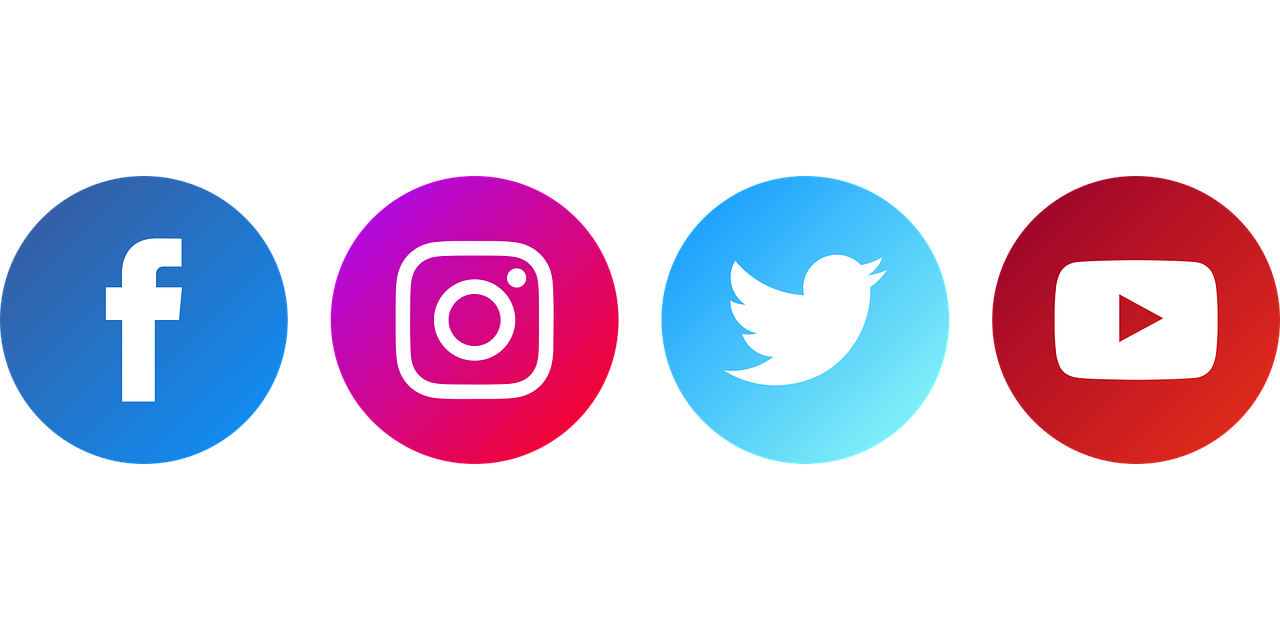With Twitter already trying out a subscription model and Facebook looking to implement one, we’re about to see a bold strategy at play. However, as one can imagine, many people are sceptical about this gambit. This article will examine whether social media subscription models are a good idea for both consumers and platforms.
Benefits of Social Media Subscription
There are multiple benefits of a subscription model that companies can make use of:
- Stable income: Subscriptions can offer a more stable revenue stream for companies.
- User investment in usage: Theoretically, people are more likely to use a service and continue engaging with it.
- Customer retention: People are likely to increase engagement if they have already sunk costs for service.
On the user side, there are also a few advantages:
- Better Customer Service: Paying customers receive better care.
- More engagement: Much like how advertised content gets to cut the line, so can paying users.
- ROI: Whether it’s better exposure for your page or ad revenue sharing, you can get your investment back.
But, implementing such a model has negative disruptive potential.
Why Social Media Subscription Models Can be a Bad Idea

However, can the benefits stated earlier translate to these pre-existing platforms that were once free? Since Twitter and Facebook are looking to tack on a payment tier to services that were once free, there might be a backlash from users who may not want to pay for something they don’t generally need to.
Also, freemium isn’t free (as anyone who’s played a few online games can tell you). If you are competing with people who are receiving systemic favouritism, any social media gets less fun. Secondly, segmenting users into those who have additional benefits through payments risks alienating people who don’t want to pay for it (who comprise most of the users including the audience that companies and professionals rely on for engagement).
There’s also a discussion to be had about most users will be fed up by social media making money off of them and then asking them to pay. Users populate the site with content and provide value, after all. Social media payments are the company taxing you to be their content producer and marketing guinea pig. This may not go over well when free alternatives also exist.
Lessons From Elon Musk’s Twitter Subscription Fiasco
Musk’s Twitter blue rollout did not get off to a great start. Twitter’s fake verified accounts wreaked havoc on several brands such as Nintendo and Eli Lilly. Twitter paused paid verifications eventually, learning a crucial lesson about why account verification existed in the first place and how the new system invalidated its intentions.
Now, they’ve had to offset the verification issues with a new Twitter blue logo and other account signifiers. However, while fake accounts may be less of an issue under this new system, it still has problems. Since anyone can buy verification, it is far less special and has lost the significance it had in helping determine accounts or companies worth paying attention to.
If anyone can get verification, what does that even mean? Not to mention, it devalues the supposed meritocracy of gaining a following on social media if someone can pay to win and get more engagement.
One incentive Twitter has tacked on is sharing ad revenue with blue users. While Twitter will pay dividends, we have no idea how significant these will be or if it will be feasible for an already declining slice of money (since Twitter has lost many advertisers).
What Are Facebook & Twitter Trying to Achieve?

2 main things are going on here. The first is that there has been a significant shift towards the commercialisation of social media and the increasing emphasis on professional users, sellers, or advertisers. The second is that the old social media giants are losing steam and are just not growing at the year-on-year pace they used to.
This second factor is further compounded by new entrants like TikTok (social media companies have been trying to ape TikTok for a while). There are pitfalls to competing with subscriber models if the strategy is there to challenge new apps. TikTok’s core features are available for free so Facebook and Twitter might be putting themselves at a disadvantage if this is all meant to be a means of combatting new entrants.
Another possibility is that both companies think they are far too entrenched in the social and business (especially the marketing world) to fail. This decision makes sense from the B2B standpoint more than the consumer side. They may be vying for more money for their marketing and promotion capabilities.
The social media old guard may also be banking on putting competitive advantages on sale. There is an opportunity cost to your company if they are not getting the preferential treatment that other companies do while advertising on the platform. You lag in competition, which is probably what Facebook and Twitter are thinking will reinvigorate their profits.
Facebook’s $5.99 subscription may not be of much use to regular app users but it would be an advantage to businesses. Twitter Blue is, similarly, looking to turn its old model into one which overtly caters to professionals or people looking to make money through engagement. These both speak to a more business-minded clientele approach.
If you need social media promotion, why buy Twitter Blue when you can have a look through our services? We provide everything from analytics to content.


